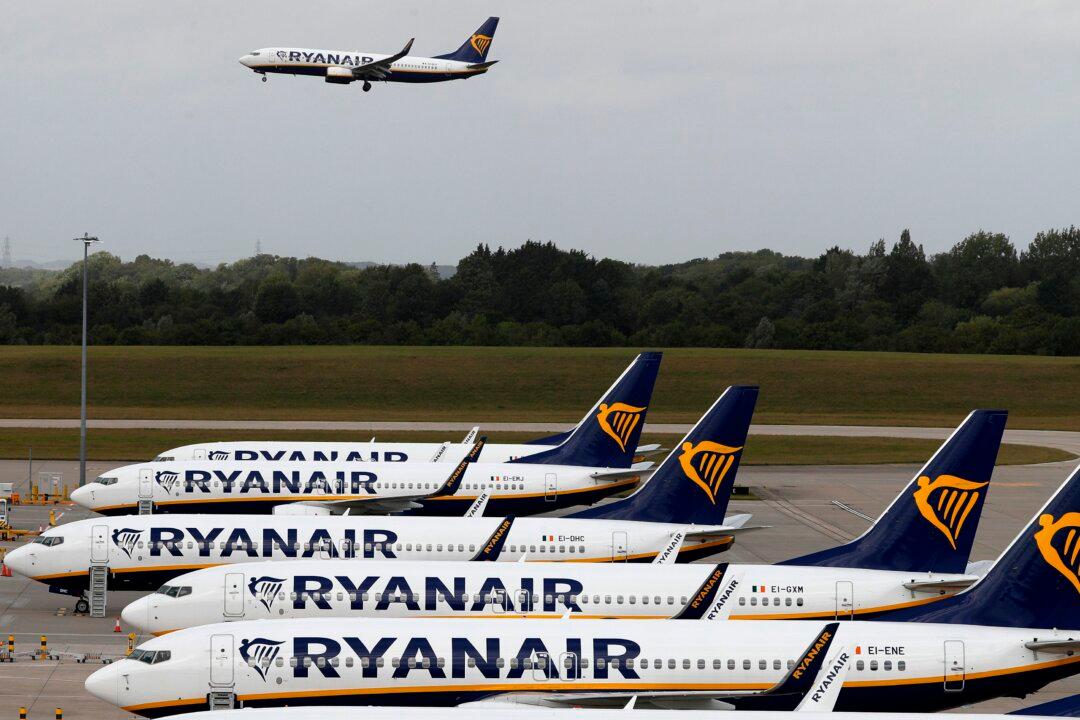Commercial aviation industry members in Europe are expecting the costs of air travel to rise amid a campaign to transition away from fossil fuels.
European airline industry members are aiming to reach net-zero aviation carbon emissions over the next 27 years as part of a plan called Destination 2050. The carbon-reduction effort is largely centered around swapping out fossil fuels for more sustainable alternatives, but industry experts say the plan will increase the costs for airline travel and part of the carbon reduction will be the simple result of a decreased demand for flights.





